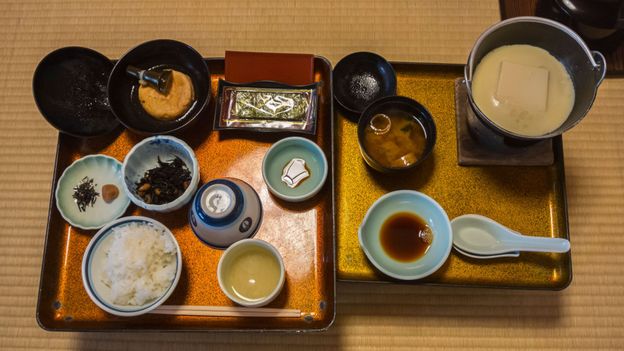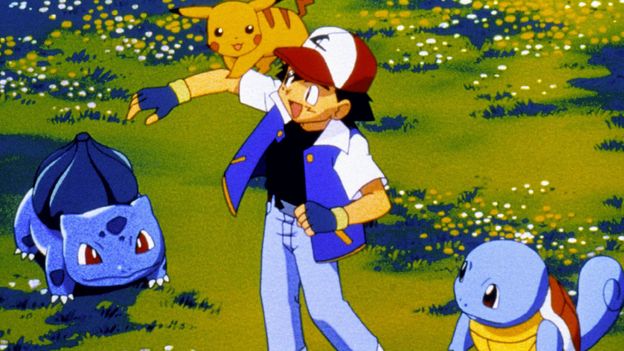Today, Fugetsu-Do looks the same as it has for generations. As Brian admits, “Yes, it looks old and dated, but I want to keep it that way.” For many of the Kitos’ long-time customers, the shop brings back fond memories.
“The shop became part of our lives, it was kind of like a person and being at home,” said Joanne Tashiro, who remembers coming to Fugetsu-Do with her grandmother when she was growing up. When Tashiro was getting married, she asked the Kitos if her wedding pictures could be taken at Fugetsu-Do in memory of her grandmother, who had passed away. This way, Tashiro said, her grandmother could somehow be part of the wedding.
Today, even though Tashiro lives 340 miles north in San Jose, whenever she visits Little Tokyo, she drops by Fugetsu-Do to get manju for herself and a box of other sweets for her family.
“Every time I see Brian Kito, I get teary eyed,” she said. “All the memories come back.”
Memories and history aside, Fugetsu-Do’s mochi and manju are still made with Seiichi’s original recipe and techniques. Each day, plain glutinous rice is transformed into a chewy ball of sweetness. First, the rice is steamed then kneaded into a smooth ball and covered in potato starch. Then, it’s either left as is or stretched and stuffed with fillings, such as traditional red bean paste. The Kitos also use rice flour to make a slightly smaller, though similar, version of mochi called dango.
Mochi is defined more by its distinct gummy bear-like texture than its subtle starchy-sweet flavour. Compared to most mass-produced varieties, Fugetsu-do’s handmade mochi are softer and easier to bite into, and when it’s fresh from the kitchen, it nearly melts in your mouth.
More than 1,000 pieces of mochi and other delicacies are created at Fugetsu-Do each day. Brian has now been making mochi for 44 years. In the shop’s front, Brian’s wife, Tomoko, and other workers pack the sweets while customers stream in and out. And working alongside Brian is one of the newest members of the Fugetsu-Do team: his son, 19-year-old Korey.
One of the major changes Brian initiated when he took over was to set up a wholesale business to bring products to American and Asian supermarkets. Many non-Japanese were introduced to mochi when it started to be used as a popular frozen yoghurt topping in the 2000s, leading the pastry to go mainstream. To adapt, the family developed a new line of mochi snacks with what Brian calls more “American” flavours, like chocolate, peanut butter, fruit and the colourful rainbow dango mochi. Traditional versions and artisanal flavours, such as chocolate manju with a fresh strawberry on top and a strawberry manju with a dot of chocolate on top, are only sold at the shop for walk-in customers.
During the past century, the shop has weathered rough times and figured out ways to keep on going. Now it is witnessing a new challenge: gentrification.
“It’s not the Little Tokyo of my childhood,” laughed Brian. “Well, maybe just my store.”











